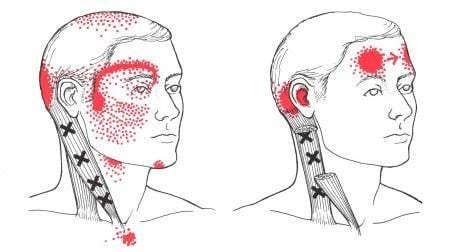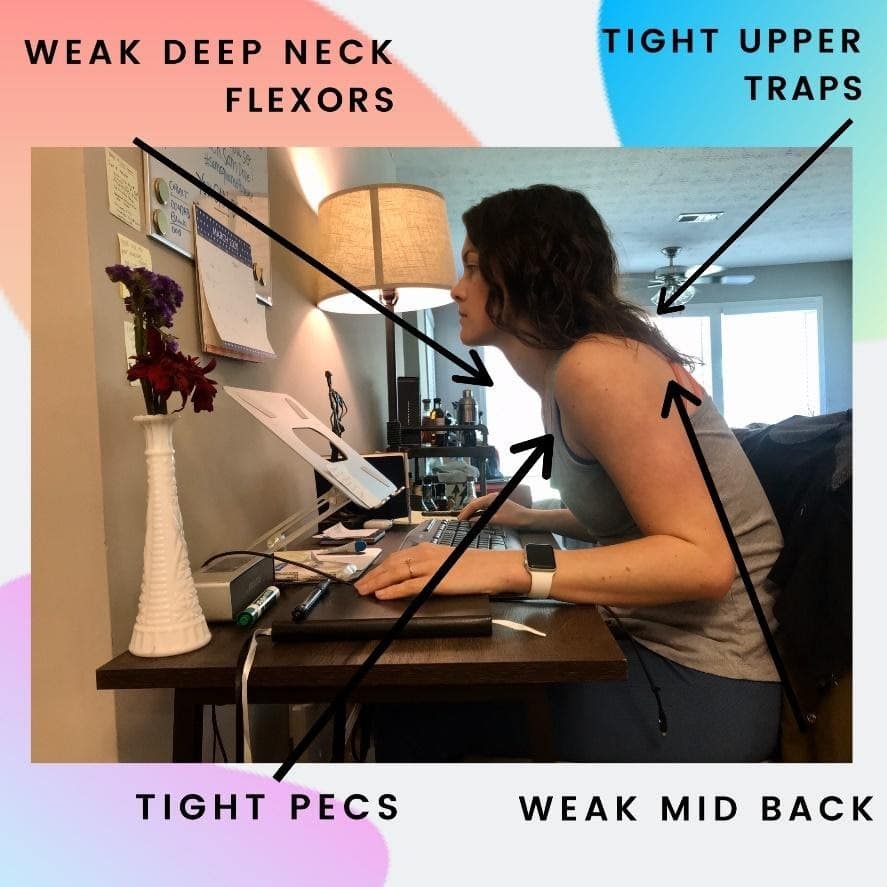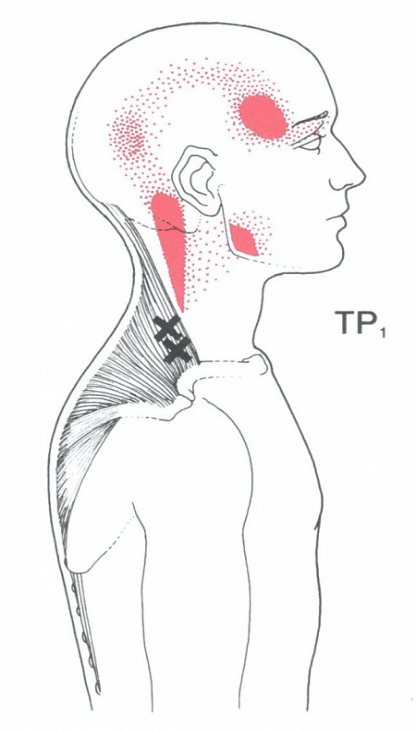Headaches Part 1: Where Are They Coming From?
The types of headaches physical therapy can help
Do headaches affect your daily quality of life? Do your headaches make it difficult to concentrate or complete daily tasks? This blog series intends to educate you on what may cause your headaches. The Headaches Part 2 blog on our website Atlanta PT includes self-help techniques and exercises for headache management.
* Before we dive into management of headaches with physical therapy, it’s important to acknowledge there are many causes of headaches, some that need immediate medical attention. The headaches discussed in this blog are of cervicogenic (originating from the neck) or musculoskeletal/myofascial (originating from the soft tissue in this region) origin. Please consult with a medical provider to confirm the source of your headaches to ensure your safety. *
Headaches treated in PT
Cervicogenic, meaning generating from the cervical spine or neck, is one category of headache origin. This typically occurs because of an alignment issue, especially in the upper 2 cervical vertebrae known as the subcranial spine. Any mechanical issues affecting how the joints move in this region, ie stiffness, mal-alignment, hypermobility, etc. can also influence the closely related structures such as muscles and ligaments. As a result, the mechanics of the entire system can become out of balance, interfering with your neck range of motion and referring pain. Therefore, you may perceive this pain as a headache. Ideally, evaluation by a physical therapist is the best form of treatment. Your PT can detect the alignment and mobility in your neck and treat the appropriate areas. The goal is to help normalize the mechanics in this region and reduce any mechanical tension that potentially signals pain to the brain.
The kind of headaches that YOU have the most control over are myofascial, or often referred to as musculoskeletal headaches. Some may refer to these as tension or stress headaches. Headache terminology can confuse people; however, identifying the origin of the headache makes treatment more effective. Essentially, these headaches result from abnormal muscle tension, usually from stress, compensatory holding patterns, or postural issues.
Myofascial trigger points
Travell and Simons’ define a myofascial trigger point as “a hyperirritable spot, usually within a taut band of skeletal muscle or in the muscle fascia. This tight knot may feel painful on compression and can lead to pain.
Travell and Simons’ completed extensive research to create referred pain maps that show the common distribution of referred pain for certain muscles. Many muscles around your shoulders and neck may refer pain to your head.
[For more information, please reference: Travell, Simons & Simons’ Myofascial Pain and Dysfunction: The Trigger Point]
For example: Sternocleidomastoid:

As well as Upper Trapezius:
Trigger points and posture
The X in the image indicates where a trigger point may be located, and the red indicates where you may experience the sensation from these trigger points. Trigger points can develop for many reasons, but in this region especially, poor posture often contributes to their development. A term called “Upper Crossed Syndrome” describes the classic abnormal posture we often see in the clinic. When you hold a forward head position for a prolonged period of time, for example every day at work, you’ll end up with a combination of abnormally short/tight as well as lengthened/weak muscles. Therefore, posture and ergonomics are important to prevent presentations like Upper Crossed Syndrome. Furthermore, addressing some of your postural needs can significantly improve the health of your muscles and reduce the creation of trigger points. Reducing these trigger points will then reduce referred pain that you perceive as a headache.
Upper Crossed Syndrome:

Manual therapy including dry needling is especially beneficial for treating these headaches. In addition, there are many forms of self-soft tissue release that you can implement at home as well! Most importantly, postural re-education exercises train and strengthen your muscles to hold yourself in a better posture to prevent reoccurrence of these trigger points. Check out our other blogs (Headaches Part 2: Self-Management), YouTube channel, or Instagram for more tips and exercises! As always, feel free to reach out to us at: info@atlantapt.com if you have questions about treating your headaches.

